The Rights and Wrongs of Mandarin || 对 and 错
Note: If you are new to characters or generally want some support while working through the example sentences in the next sections, we HIGHLY recommend downloading this plugin*! It will help a ton with character reading, both in this article, and on the greater web in general. If you’ve already installed it, carry on! :)*
One of the most important things to learn when learning a language is how to express “right” ✅ and “wrong” ❌. Not knowing this well, and perhaps even mixing up the two, can lead to awkward situations and maybe even trouble 😕
In this blog post, we’ll discuss the Chinese words 对 and 错 that are used to say “right” and “wrong”.
TLDR
对 means “right, correct”
错 means “wrong, mistaken”
Both words can be used in a “verb + complement” structure where they are placed after a verb to indicate correctness or incorrectness of the action; for instance when “remembering a name incorrectly” or “choosing the right option”.
The Definitions
Let’s define these words real quick. 对 and 错 both have many meanings, but in this post we’re going to focus on the following translations:
对: “right, correct”
错: “wrong, mistaken”
Unfortunately, both of these words’ original meanings were quite far removed from their present meanings, and so there’s no way to easily recall the sound or meaning of these characters through the radicals 😭
However, you’ll likely use these words frequently, so don’t worry about remembering them right this instant 👍
Here are some useful expressions using 对 and 错:
对
“对” - “Yes, that’s correct”
“对了” - “Oh, that’s right” (you suddenly remember something you wanted to say)
“对吗?” - “Is that right?”
错
“不错“ - “Not bad, pretty good”
“没错“ - ”that’s right, you’re correct” (lit. “Not wrong”)
“你错了“ - “you made a mistake”
对 and 错 can be used like other adjectives in Chinese. In this post, we’ll focus on one of 对 and 错’s most significant uses: verb + complement structures!
Usage in Verb + Complement Structures
对 and 错 are frequently used in a “verb + complement” format, with the pair acting as result complements. In this case, placing 对 after a verb would indicate that an action was done correctly, while placing 错 after a verb would indicate that an action was done incorrectly.
The phrases “吃对了“ and “吃错了“ in the meme above this post mean “Eaten correctly” and “Eaten incorrectly”, respectively.
This indicates that the left side shows a Kit Kat eaten correctly (separating the bars) while the right side shows a Kit Kat eaten incorrectly (taking a bite out of the entire bar)
Here are some more examples:
A先生: 你叫李安然,对吗? B女生: 你记错了,我叫李安美。
Mister A: Your name is Li Anran, right? Ms B: You remembered incorrectly, my name is Li Anmei.
A先生:他选择对了吗? B女士:没有,他选择错了,所以没有受到奖金。
Mister A: Did he choose correctly? Ms B: No, he choose incorrectly, so he didn’t receive the prize money.
*Note that the character 了 usually follows 对/错
**Also note that if you choose to include an object in the verb/complement structure, you must use the following structure:
verb + object + verb + 对/错 + 了
Most of the time, people don’t include an object in this structure.
To Conclude
Here are the main takeaways you should have gotten from this post:
The definitions of 对 and 错 and “right, correct” and “wrong, mistaken”, respectively
How to use 对 and 错 in verb + complement structures
Test your knowledge with this quiz! 别选择错了!


